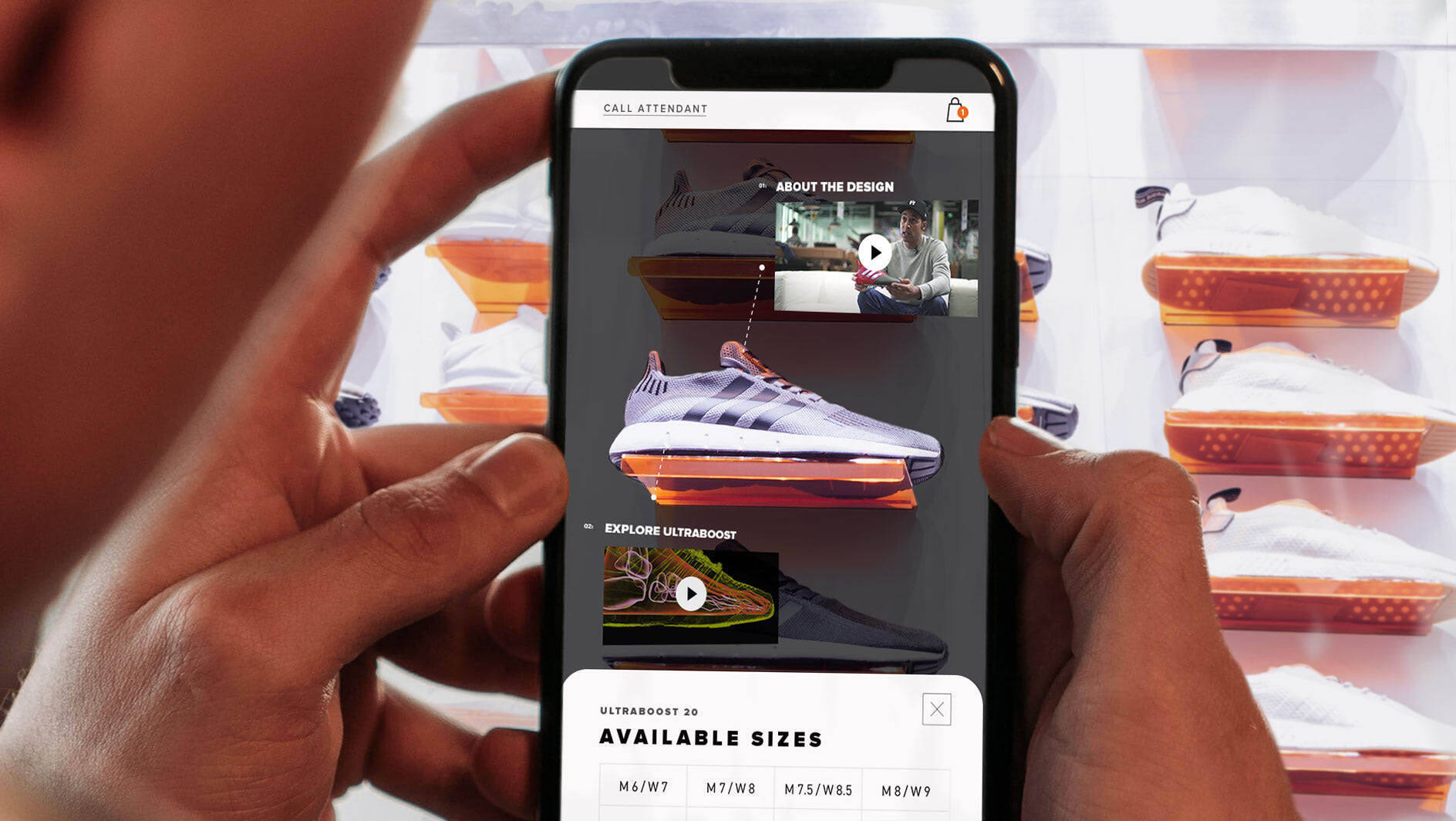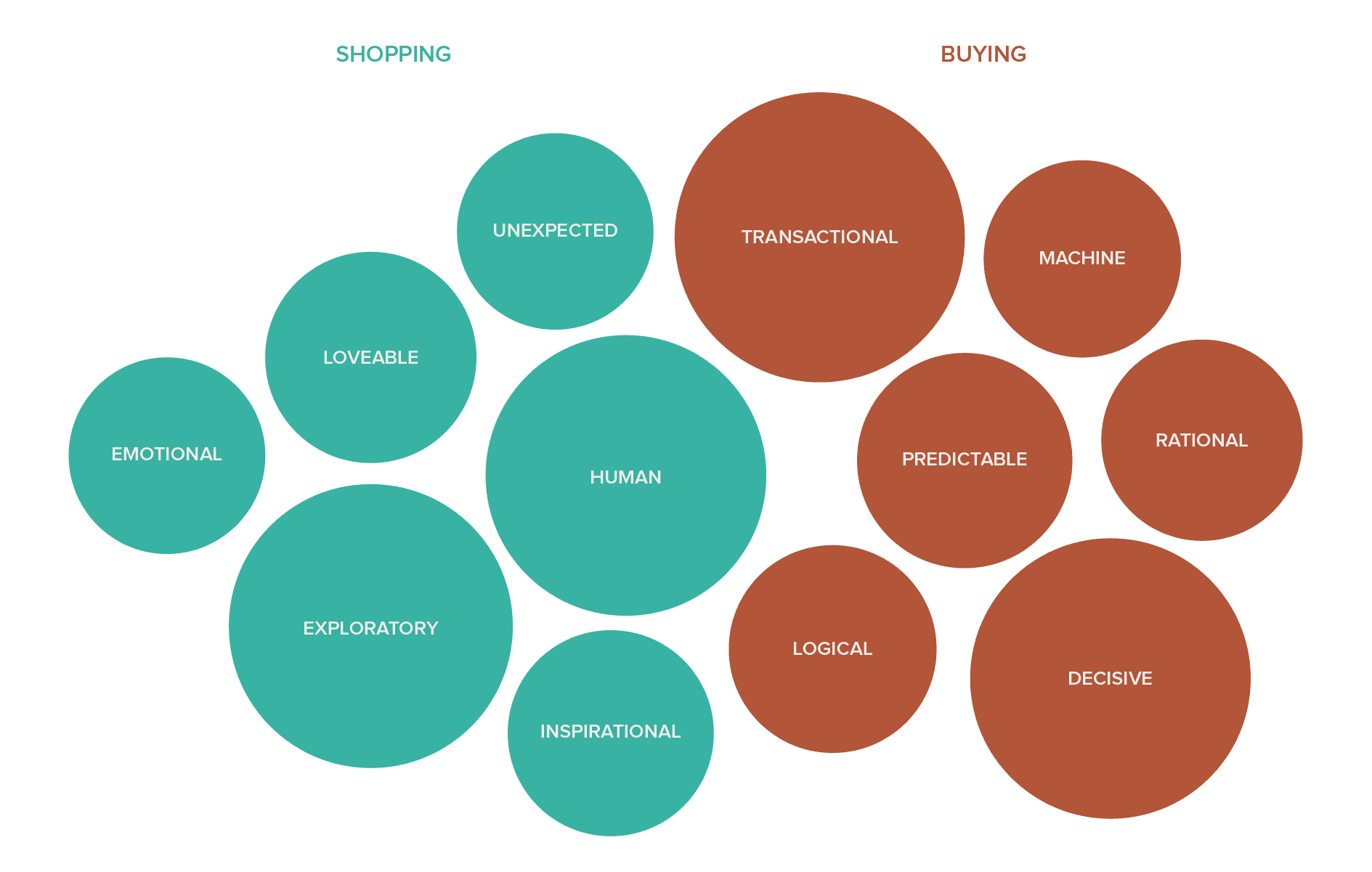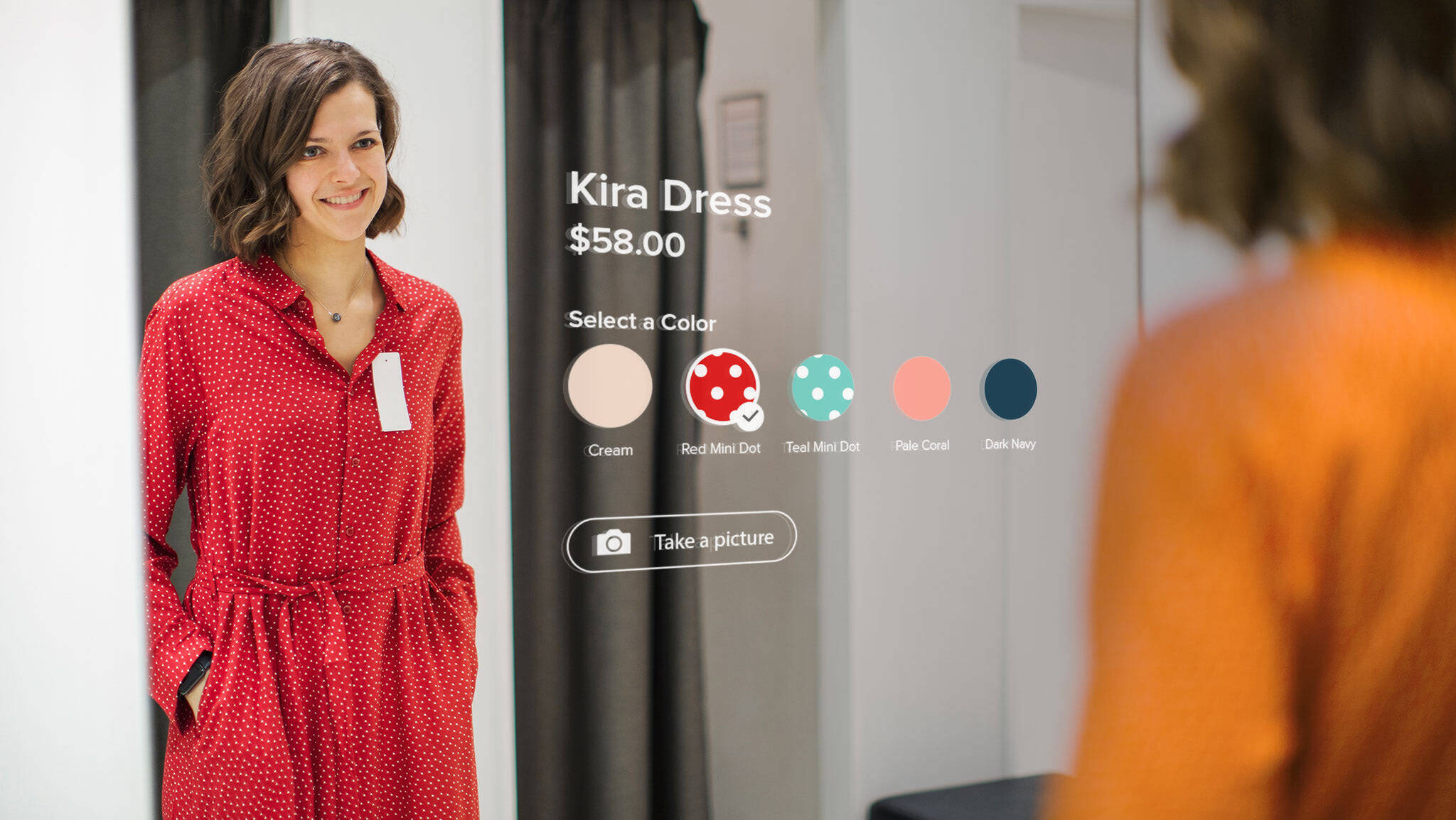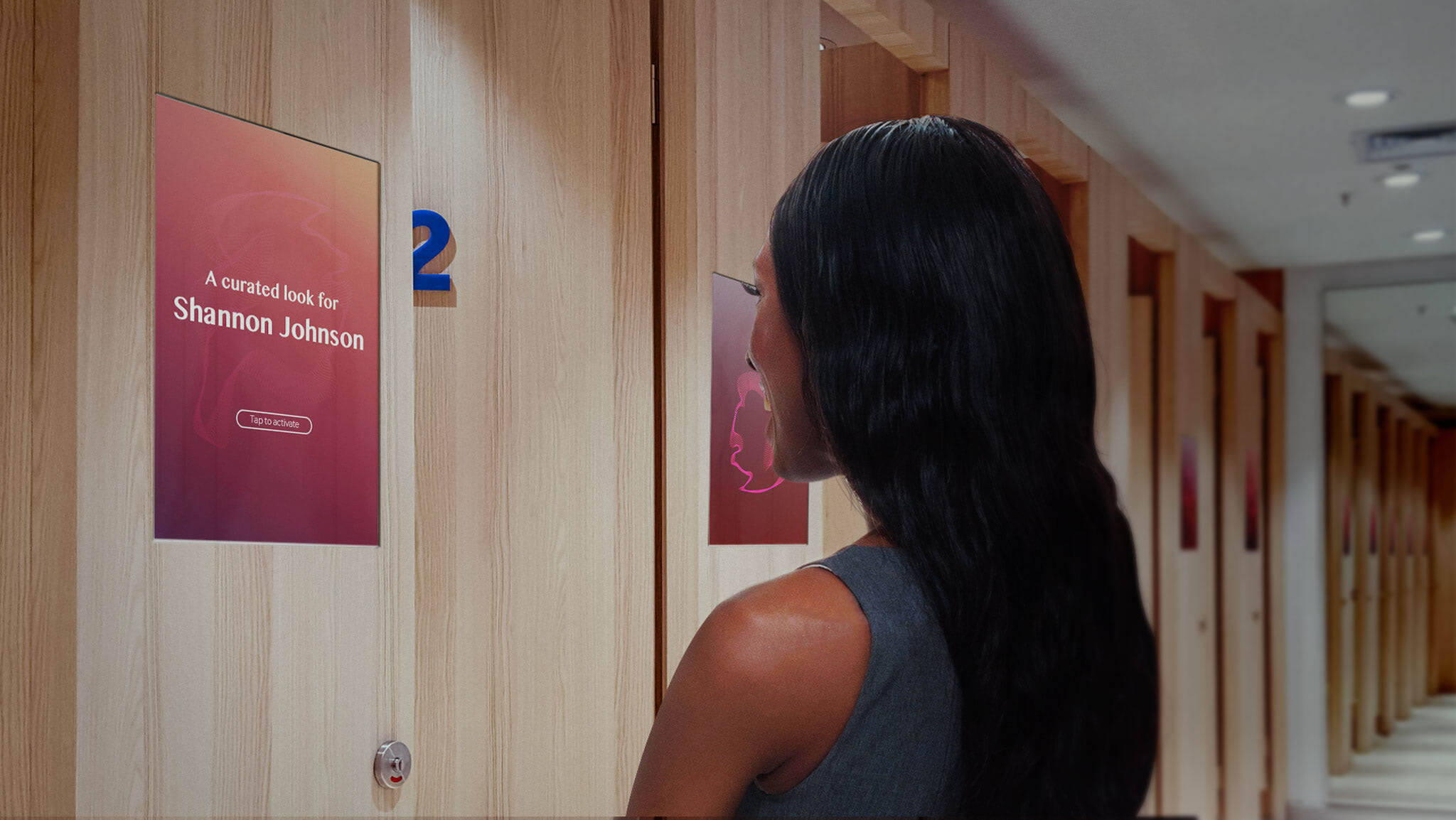
Retail has been enduring a transformation for decades, from the early collapse of the great American downtown to the abandonment of the suburban shopping mall. Add technology into the mix and the entire sector went back into beta.
So when the global pandemic hit, it’s no surprise that it felt like retail’s impending death was upon us. Without a doubt, COVID-19 has changed the future of retail. But a closer look at consumer behaviors — before and after COVID — sheds some light on the opportunity for forward-looking brands. Embracing the role of digital promises the next retail renaissance.
The mindset shift has already happened: from buying to shopping
The story of a traditional retail slowdown is usually told through the lens of consumers’ pursuit of value, selection, price, access, and consolidation. In other words: convenience. It’s all the things that digital does really well, and while that’s certainly a threat to brick-and-mortar, this version of the story is incomplete. The reality is that pre-COVID, traditional brick-and-mortar retail had actually seen an overall uptick in recent years. So what’s really going on?
Retail can’t compete with a digital push toward convenience, nor should it try to. When you consider that, in 2019, 70% of people said they’d prefer to shop in store vs. buy digitally, it seems that consumers are trying to tell us that they don’t just care about the convenience of buying afterall and are actually seeking out the shopping experience.
Deconstructing the consumer mindset

So what does that mean for post-pandemic shopping?
We are all emerging from the pandemic starved of connection, community, and even the simple pleasures of commerce.
So as retail returns, we can safely expect that consumers will move beyond the necessity of essential goods — but to what? We imagine that consumers will be craving a more connected and meaningful experience dictated by the things they missed most — the luxury of time, conversation, contact, and the simple delight of not needing to experience the world through a computer screen. In other words, all the inefficiencies and frictions of modern life.
In 2019, Econsultancy made a claim: “friction is the enemy of modern retail — and indeed the consumer.” But not all friction is created equal. Of course, it can be the source of consumer frustration and eventual disinterest. But friction also refers to all the parts that are emotive, imperfectly human, and delightfully unpredictable.
Historically, innovation in the retail space has been focused on smoothing out the friction, but shopping innovation is about celebrating it.
There are key moments in the consumer journey where we can celebrate that friction and ultimately innovate the shopping journey.
Retail consumer journey

Friction opportunity: driving delight through discovery
Discovery is the emotional peak of the purchase journey — full of possibilities and lacking in any consequential decisions. It is an essential but often overlooked first step in the shopping experience that happens in both digital and analog. Digital discovery is scalable and smart but impersonalized by algorithms. Analog discovery is personal and often comes down to a chance encounter on aisle 12.
Both digital and analog discovery have their benefits but how might we bring them together to build a supercharged discovery experience?
Brands hold an enormous amount of data on their consumers and, with varying success, leverage that to drive conversion at the register. Brands can use that data to deliver smart serendipitous moments across the consumer journey by connecting that data with technology and connectivity.
As visual search becomes platform agnostic, consumers can search and discover added context for anything that’s in front of them. For example, a branded shopping app could allow users to point their phone towards anything in the store and see rich, branded content like the kind they already welcome on their social platforms. The content could span from lifestyle and brand aesthetic to functional information — like how to operate an espresso machine or how to match a shirt in an outfit.

And with the advancing portability of technology, these interactive retail experiences will be able to break out of the physical limitations of square footage. VR and AR shopping experiences are quickly becoming accessible to more than the top 1% of brands. We can now imagine a world where most shops and boutiques could create that same immersive experience: think VR pop-up fairs, malls, and shops that could be shopped anywhere in the world via a phone, offering customers new ways to bump into their new favorite brands, makers, and products.
Friction opportunity: building trust through personal attention
When trying to build trust with consumers, brands need to prioritize accessibility which means being available for a genuine two-way interaction. This is the ultimate friction moment.
Retail has cornered this market by design — from the record store clerk who makes personalized music recommendations to the garden center staffer who explains in great detail how to care for your succulents. Personal attention in store adds an imperfect humanity to the interaction, while online the FAQs and chatbots replace that humanity with straight up facts and information.
How might we combine the depth of humanity and the breadth of technology to create more friction and super serve a customer who wants to be seen, heard and helped?
Think digital-first even IRL to augment the shopping experience with personalized support, advice and inspiration.
We’re moving towards a reality where we skip over the personal shopper to the personal shop. Brands could create exclusive access to a curated experience driven by personal preference and personal data unified across ecomm and app platforms. Think appointment to shop experiences that live offline and on…but made for one.
If that feels a little too exclusive, there’s a near-term future where a dedicated assistant (person or machine) could know you as you enter the store, offering recommendations on products based on previous purchases and interest, identifying discounts, or offering advice. Imagine being able to reserve a rack of clothing online to be hung in a dressing room before you ever step foot in the store?

And this experience could translate to an entirely digital sandbox — a personal shopping bot that keeps you connected to shopping through new releases and inventory updates to anticipate and enhance the consumer experience as it learns you.
Friction opportunity: creating advocacy through brand experience
Where discovery is the consumer’s emotional peak, advocacy is Everest for the business. Building advocacy is essential for long-term brand health and lives at the core of a meaningful relationship between the consumer and the brand. Of course, it impacts the bottom line through purchase and product usage, but here’s the tension: advocacy is driven by all the things you do outside of the transaction. In other words, the brand experience.
Every moment that a consumer engages with a brand — in retail, in digital, and beyond — contributes to the brand experience, but advocacy is born from those interactions where the brand seeks nothing in return. Historically, physical was the canvas for big and bold experiential expressions of this while digital leveraged the power of data.
How might we use the canvas of retail to inspire an evolved digitally-powered brand experience to not only meet the consumer where they are, but bring them to where they want to be?
Today’s consumers are more interested in creating memories than buying stuff, so brands need to rethink their worlds and inspire consumers to get lost in it.
For instance, physical retail is full of IRL magic — sensorially experiencing the looks, feels, scents, and sounds of a product or brand. Yet that magic deepens when it feels like it’s been created for you. What if brands could combine the two to make an in-store hyper-personalized brand experience where consumer data worked harder to delight than convert and felt purpose-built? Imagine if instead of telling the history, brands invited the consumer to collaborate on the future by giving the consumer a role in building it? In a hyper-connected world, brands still need an invitation into the consumer’s world but there’s no longer a single front door. Today’s brands are built entirely of doors — brand experience shouldn’t be shackled by the four walls of retail, but should leverage the space, time, and technology to create the kind of immersive worlds that are truly memorable.
The cost of inaction is high. Meet your consumer where they’re going.
The pandemic and its aftermath will be a seachange moment for every brand, business, and consumer. Amongst its many reckonings, COVID has created a chasm between the shopping and buying mindsets in the purchase journey, but this separation has revealed a huge opportunity. Traditional retail is a mainline to a new era consumer. As this consumer returns to — no, demands — normal, a study of their emerging expectations and demands will signpost the route to innovation.
This will be a shift for many brands, but an essential one to survive not only a post-pandemic unknown but also the metaphorical long-game. No matter where consumer behavior shifts, identifying and romancing the moments of friction is the key to inviting and inspiring them to fall in love with the brand in new and magical ways. Leaning into these moments will transform the shopping experience and unlock a new era in retail.
